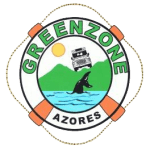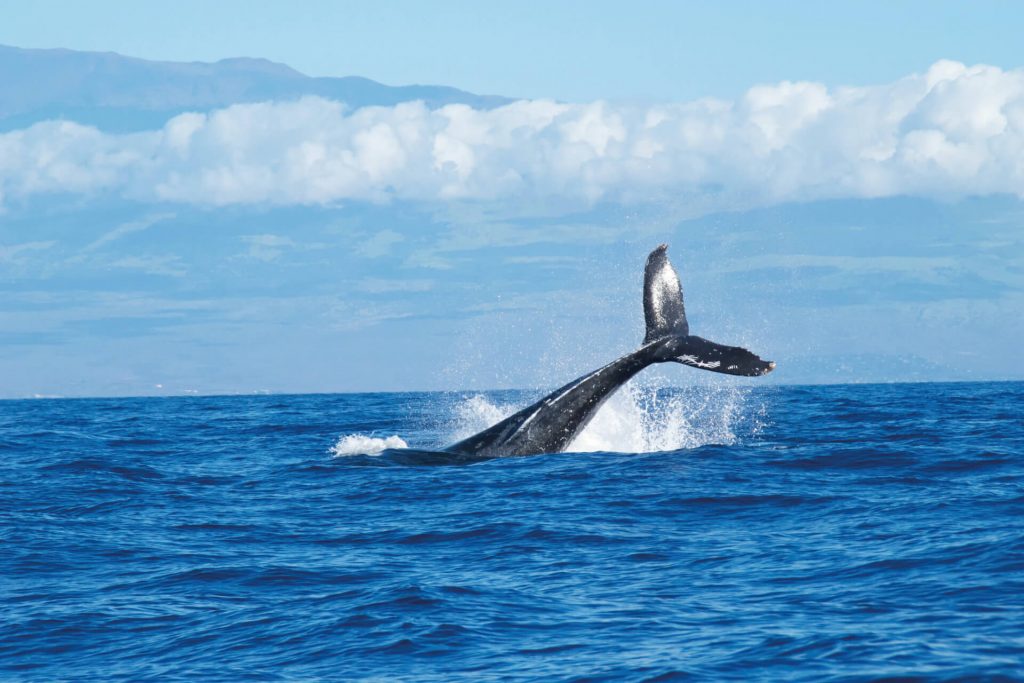The Discovery of the Azores
As we continue our rediscovery of the Azores, we continue with the description of the archipelago and the answers for those who still doubt whether or not to visit the Azores.
Where are they? How to go? How many islands are there? What is the most beautiful island? Why are they called the Azores? What is the weather like? What is the temperature of the water?
São Jorge (238 km²)
São Jorge is the island of fajãs. Pieces of land that advanced into the sea, with their own time and rhythm, where small villages were born.
For a long time, its economy was based on the vineyard and on the production of pastel and heather for use in dyeing. Currently, it is recognized for the production of a typical cheese with Protected Designation of Origin.
It is known as the Brown Island because of the rocks at the tip of the Rosais.
Graciosa (61 km²)
Discovered around 1450, the island of Graciosa turned early on to the planting of vineyards, export of wheat, barley, wine, and brandy.
Of its architectural heritage, the windmills with red domes, of Flemish inspiration, stand out. Graciosa is classified as a World Biosphere Reserve.
It is known as the White Island for its white rocks.
Flores (143 km²)
Integrated in the world network of Unesco Biosphere Reserves, the island of Flores is Europe's westernmost territory (Monchique islet).
The island is characterized by a jagged slope, where sweeping natural wonders are hidden, and is famous for its waterfalls, lagoons, and the exuberant vegetation that covers it in shades.
It is known as the Pink Island because of the azaleas there.
Corvo (17 km²)
It is the smallest island in the Azores, with only one population center with less than 400 people.
With an economy based on agriculture, pastoralism, and fishing, the island is surrounded by high cliffs, and inside there is a volcanic caldera with a stunning lagoon.
It is known as Black Island for its walled fields.





